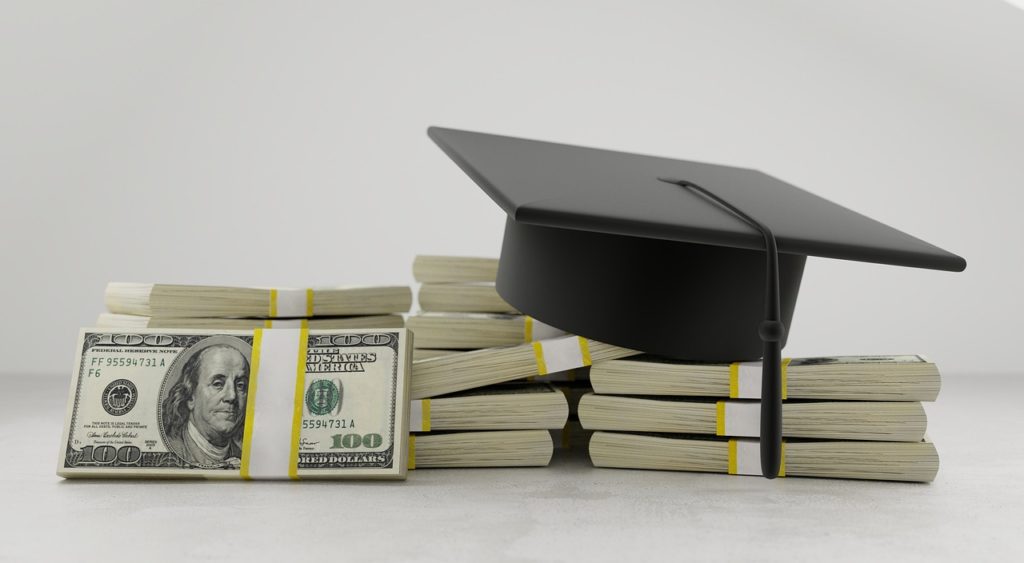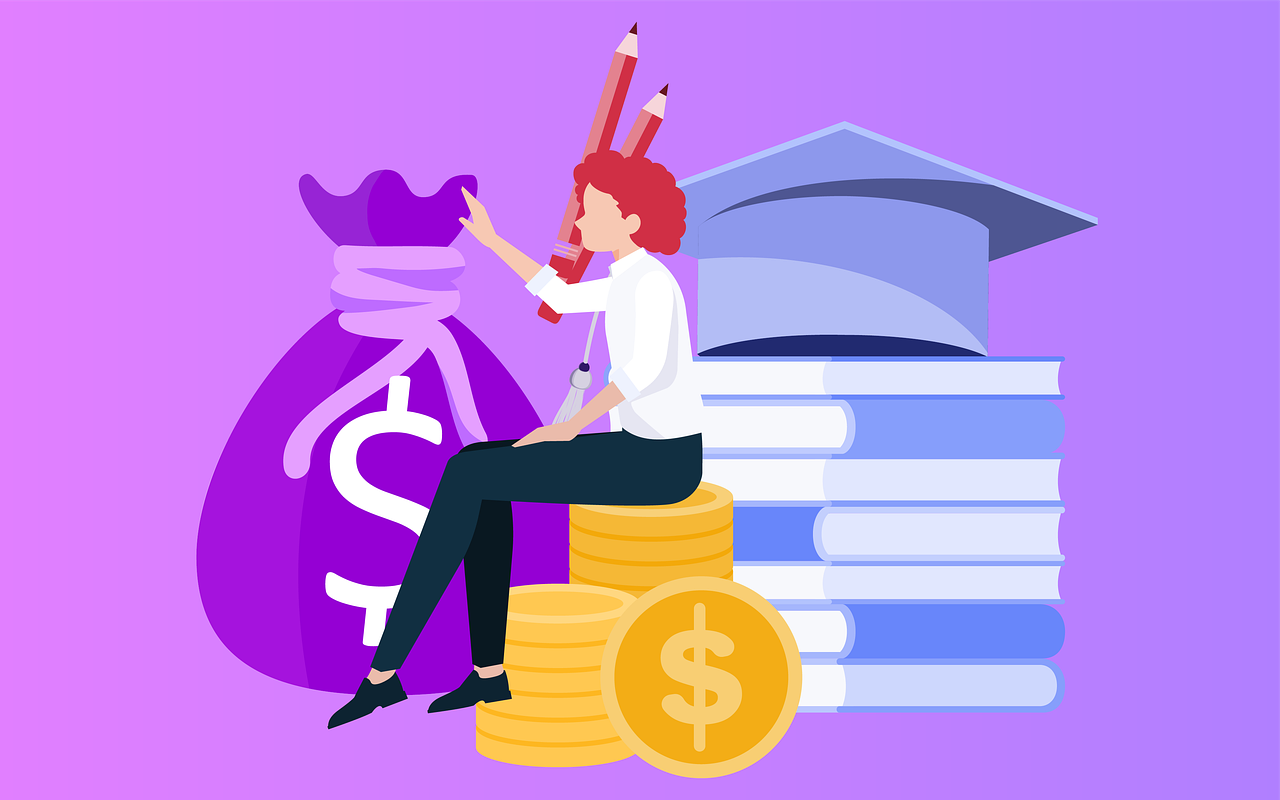The US Supreme Court is set to evaluate two lawsuits that have temporarily halted President Biden’s plan to cancel up to $20,000 in federal student debt for millions of borrowers. Learn what’s at stake for borrowers and when to expect a final decision in this article.
Questions Answered in this Article
What are the two lawsuits that the Supreme Court will hear on Feb. 28th? The two lawsuits that the Supreme Court will hear on Feb. 28th are Biden v. Nebraska and Department of Education v. Brown. Biden v. Nebraska was brought by six GOP-led states and alleges that the debt cancellation will harm their states’ revenues, while the Department of Education v. Brown claims that the Education Department does not have the power to order student debt cancellation through the legal avenue used.
What is President Biden’s student debt cancellation plan? President Biden’s student debt cancellation plan is to eliminate up to $20,000 in federal student debt for around 40 million qualified borrowers. The relief plan would help struggling borrowers avoid default and transition back to making monthly payments after three years of paused student loan bills. The cancellation would particularly benefit certain borrower groups, including Black women who carry a disproportionate amount of student debt and borrowers who earn less than $75,000 per year.
When can borrowers expect relief from President Biden’s student debt cancellation plan? Borrowers should not expect relief from President Biden’s student debt cancellation plan until a final decision is reached by the Supreme Court, which is expected in the early summer, most likely by the end of the current term, which is traditionally at the very end of June or sometimes the first week of July.
Why is the fate of President Biden’s relief plan significant for borrowers? The fate of President Biden’s relief plan has significant implications for borrowers, who collectively owe over $1.6 trillion in outstanding federal student loan debt. Failure to implement the relief plan would disproportionately affect marginalized communities, including older Americans, people with disabilities, communities of color, and low-income communities.
The Supreme Court’s Decision on Biden’s Student Debt Cancellation Plan
Soon, the country’s top court will focus on President Joe Biden’s proposal to eliminate up to $20,000 in federal student debt for around 40 million qualified borrowers. The Supreme Court will evaluate two significant lawsuits on Tuesday, February 28, that has temporarily halted this student debt relief program. The court’s decision in the coming months will determine the future of Biden’s plan. Despite this, borrowers should not expect the relief to take effect. It is essential to be aware of the upcoming oral arguments and to continue planning for repayment.
What’s Going to Happen on Feb. 28?
On February 28, the Supreme Court will hear oral arguments for two crucial lawsuits that have halted President Biden’s student debt cancellation plan. The lawsuits are Biden v. Nebraska and Department of Education v. Brown. The first case, brought by six GOP-led states, alleges that the debt cancellation will harm their states’ revenues. The second case claims that the Education Department does not have the power to cancel student debt through the legal avenue used. During the arguments, each side will have about 30 minutes to present their case, and the justices will ask questions throughout. After the views, the judges will hold a conference to deliberate on the issue and take an unofficial vote. The court’s final opinion will require a majority of five justices. Advocacy groups think tanks, legal experts, and lawmakers have submitted dozens of briefs to inform and influence the justices’ opinions. Additionally, several organizations, including the NAACP, SDCC, and the National Education Association, will co-sponsor a rally outside the court to support student debt cancellation while the oral arguments unfold inside.
What Will the Supreme Court Decide?
It is uncertain how the Supreme Court will rule on the issue of Biden’s student debt cancellation plan, and it is unlikely to be a unanimous decision, according to Frederick Lawrence, a lecturer at Georgetown University Law Center. The justices’ questions during the arguments may indicate their leanings, but it is not a guarantee. The decision may also take some time. Therefore, borrowers should not anticipate relief until a final decision is reached. It is advisable to pay attention to the Supreme Court case’s developments. Still, it is also wise not to base any action on the issue until a final decision is made, according to Stacey MacPhetres, Senior Director of Education Finance at Bright Horizons, an education and childcare firm.
When Will the Final Decision Come Out?
The final decision on the case is expected to come out in the early summer, most likely by the end of the current term, which is traditionally at the very end of June or sometimes the first week of July, according to Frederick Lawrence. Although decisions may sometimes come out earlier, this is unlikely in this complicated case that deals with national power issues. Therefore, borrowers are not likely to receive any news from the court until the final decision is announced.
What’s at Stake for Borrowers?
The fate of Biden’s relief plan has significant implications for borrowers, who collectively owe over $1.6 trillion in outstanding federal student loan debt. The project would relieve struggling borrowers by erasing up to $20,000 in national student debt for approximately 40 million eligible borrowers. This relief would help borrowers avoid default and transition back to making monthly payments after three years of paused student loan bills. The cancellation would particularly benefit certain borrower groups, including Black women who carry a disproportionate amount of student debt and borrowers who earn less than $75,000 per year, with two-thirds of relief applications coming from neighborhoods with an average income below $40,000. Failure to implement the relief plan would disproportionately affect marginalized communities, including older Americans, people with disabilities, communities of color, and low-income communities.
Summary
On February 28th, the Supreme Court will hear oral arguments for two lawsuits that have temporarily halted President Biden’s student debt cancellation plan.
• The lawsuits are Biden v. Nebraska and Department of Education v. Brown.
• The first case was brought by six GOP-led states and alleges that the debt cancellation will harm their states’ revenues, while the second case claims that the Education Department does not have the power to order student debt cancellation through the legal avenue used.
• It is uncertain how the Supreme Court will rule on the issue of Biden’s student debt cancellation plan, and the decision may take some time.
• The fate of Biden’s relief plan has significant implications for borrowers, who collectively owe over $1.6 trillion in outstanding federal student loan debt.
• Biden’s plan would provide relief to struggling borrowers by erasing up to $20,000 in federal student debt for approximately 40 million eligible borrowers.
• The cancellation would particularly benefit certain borrower groups, including Black women and borrowers who earn less than $75,000 per year.
• Failure to implement the relief plan would disproportionately affect marginalized communities, including older Americans, people with disabilities, communities of color, and low-income communities.
• Borrowers should not anticipate any relief until a final decision is reached, and it is advisable to pay attention to the Supreme Court case’s developments.
• The final decision on the case is expected to come out in the early summer, most likely by the end of the current term, which is traditionally at the very end of June or sometimes the first week of July.















